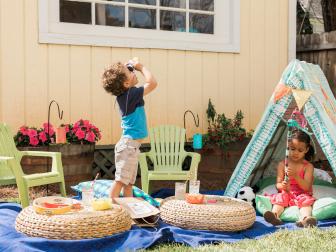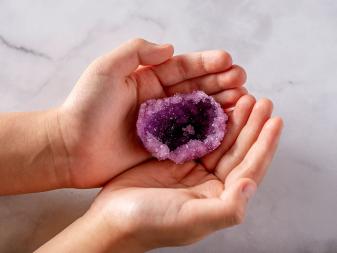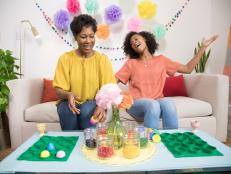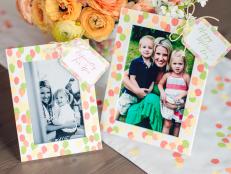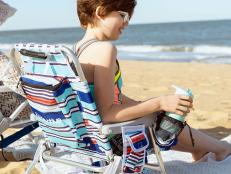A Parent's Guide to Free Play for Kids
Unstructured, uninterrupted playtime in nature is important for happy, healthy kids. Learn how to make your outdoor space safe and conducive to free play, and how to encourage your children to get outside and explore.
Remember when kids played outside all the time with limited parental supervision? It turns out that was good and healthy free play!
Until recently, kids have been accustomed to structured and sometimes overly full schedules, with the possibility of some cherished screen time in the evenings and on weekends. These days, screens have become full-time jobs for kids, serving as a main source of education, an outlet to “visit” with their friends and also as childcare, especially for parents who are working from home. As some parents have noticed by now, kids can become cranky, irritable, overstimulated and have issues sleeping when they spend too much time in front of a device. A great way to balance out all that screen time is with outdoor free play. This is unscripted, unorganized and uninterrupted time outdoors when kids can use their creativity to make play happen.
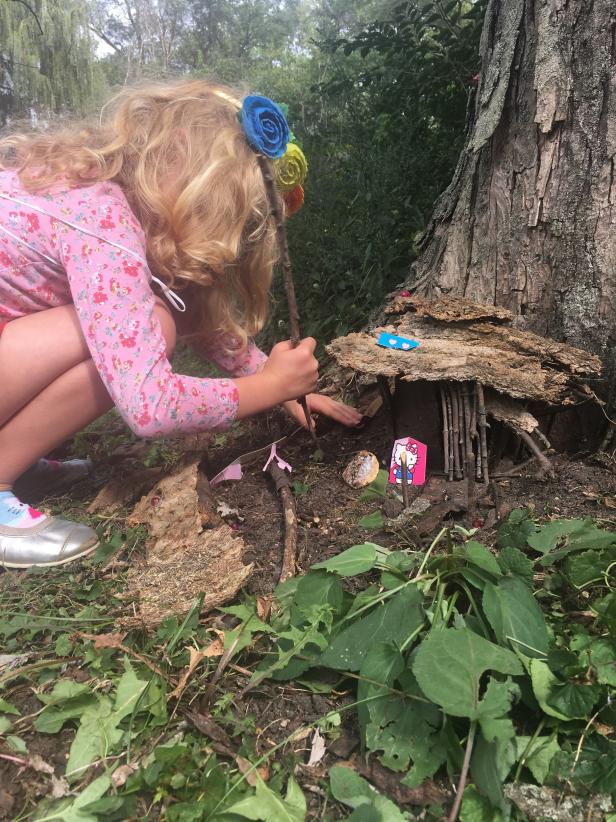
Amanda Thomsen
Why It’s Important
“Free play is essential to a kid’s soul. It is a basic element of health. Kids thrive when they are provided an outlet to test their limits, tap into their imagination, and allow themselves to channel their physical and mental energy. It is a building block for resiliency, coping and learning. Free play with others can also provide kids with a blank canvas to test limits, try on new roles and bond,” says Dr. Stephanie Kelly, a clinical psychologist who works with children in the southwest suburbs of Chicago. “In a world of structure and rules, free play is part of establishing a balance between both necessities. Kids (and adults alike) need free play to authentically grow.”
Kids who spend long periods of time in free play have more self-directed control than kids that spend more time in adult-directed play (think lessons, sports, classes and other organized activities). This is where risk taking, project management, self regulation, daydreaming and emotional development are fostered, as well as a lowering of anxiety levels and ability to cope with stressful situations.

Amanda Thomsen
How to Get Started
The only thing kids need to achieve the benefits of free play is extended periods of time spent outdoors, with no expectations or interference for a long period of time. With the right-sized imagination and a dash of boredom, this can be achieved in any outdoor space, from a balcony to a wooded lot. Boredom is the first step to successful free play!
You may want to create some boundaries for play, including consideration for neighbors, community rules, overall safety and mess. You may not want kids frolicking in your flower beds, but hopefully there are other areas of your yard that can be designated for play.
Before you turn your kids loose, check your yard for any kind of danger and set household rules for play, developed by kids and their parents. Outdoor free play is not about sanitizing a play space for kids; some dangers only need to be discussed (depending on the age of your explorers).
- Remove any poisonous plants that spread by touching (poison ivy, hogweed) and discuss plants that are poisonous by ingestion (yew, lily-of-the-valley, castor bean).
- How might kids get hurt? Remove any items that may become weapons or other injuries waiting to happen.
- What can be thrown vs. what we do not throw. Do you throw wood chips? Berries? Snowballs? What are the rules? In our household, we don't throw anything without consent and nothing above the shoulders.
- Does anyone have sensitivity to bee stings in your household? Explain that bees and flowers belong together, so stay away — especially those with allergies.
- Talk about property lines and trespassing, and meet the neighbors. Explain to them they are living near a kid discovery zone.
- You can always add fences or trees and shrubs in place to contain the wildness.
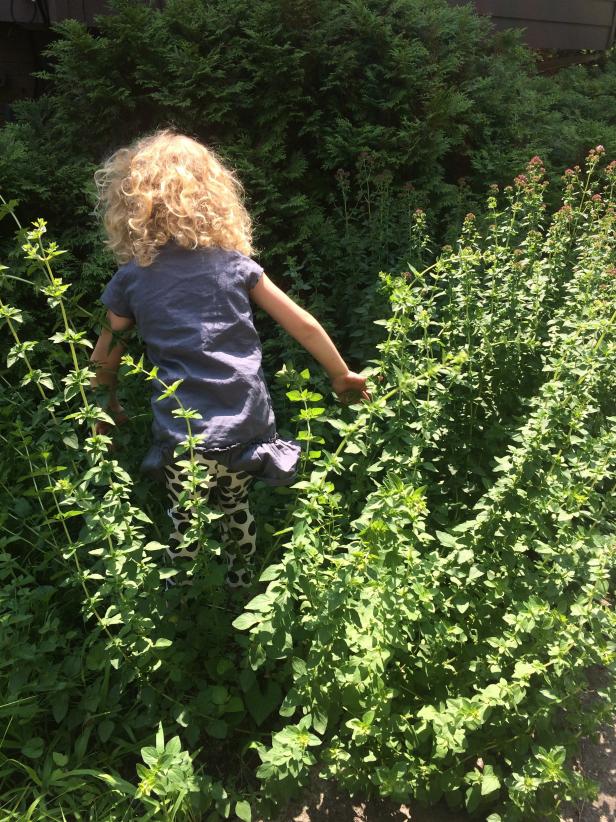
Amanda Thomsen
How to Design a Free-Play Friendly Yard
Here are a few elements to consider:
- Fences: Good fences make good neighbors! With a good fence, not only do you have privacy, but you also have no pressure to keep your yard in perfect order. Rolled bamboo fencing (or other temporary fencing) is an inexpensive way to create a privacy barrier on balconies and a barrier around play spaces, and it can also help keep balls and children in bounds.
- Woodchips: A thick layer of wood chips or mulch helps to keep weeds down while being an eco-friendly play surface that’s nearly unbeatable.
- Vegetable gardens: Why not give kids a place to grow their own snacks?
- Places for outdoor crafts: A picnic table or space on the driveway works for make-believe meals as well as a craft station.
- Shade sails: Easily purchased and installed, these large triangles of fabric can be stretched and anchored to buildings, trees or poles to create shade where there isn’t any. These can make a too-hot-to-handle space into a perfectly habitable play spot!

Amanda Thomsen
How to Encourage Free Play
Starting with free play can be a little tricky at first; some kids can get pretty anxious about being set loose and not knowing what to do or where to start because they're so accustomed to being told. A comfortable place to start may be a scavenger hunt, where all the setup has been done by adults, but then the adults fade away, leaving kids to make what they will of it.
Adults can still be involved with their children’s’ free play, but let it be at the front of play (setting out materials, teaching how to use tools) and at the end, when invited (watching plays and checking out forts and castles).
Providing play clothes can be a great way to make messy play more approachable as well. Rain boots, aprons and clothes that are OK to sabotage may help soothe any remaining anxieties and provide a sort of uniform for play.
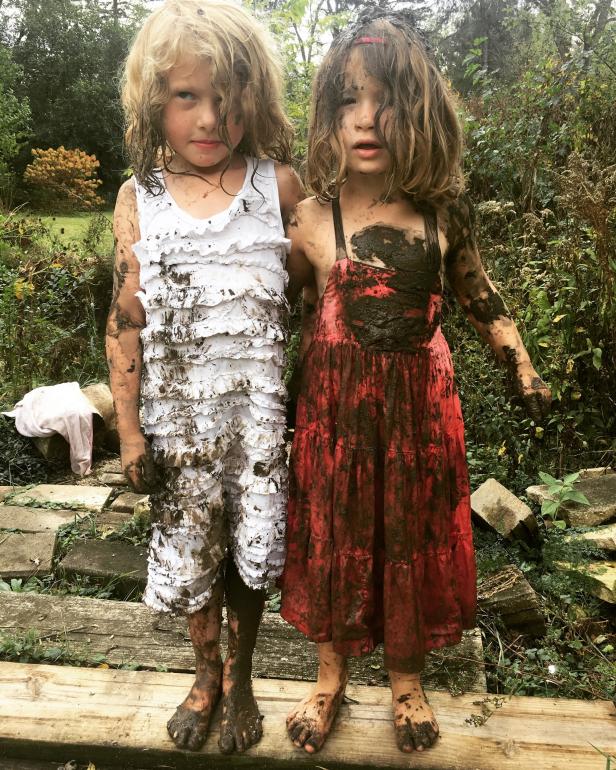
Amanda Thomsen
Age-Appropriate Materials to Provide
- Little kids (ages 2-4): Set out shallow tubs of water or shaving cream, if you’re feeling adventurous. You can show them how to find leaves or grass to float and play with, but then try to retreat and see what they do with it. Or use funnels, measuring cups and spoons to play. At this age, you should always be nearby.
- Bigger kids (ages 5-8): Let them have a loose parts kit consisting of any or all of these items: branches, walkie talkies, buckets, tarps, springs, clothespins, scissors, vinyl tubing, bubble mixture, string, marbles, pool noodles, pipe cleaners and anything else you can think of. Keep these supplies clean and dry in a storage tub that gets hauled out for play, or set up a tent for summer and keep the stockpile zippered up when not in use.
- Big kids (ages 9-90): Big kids get lumber, paint, PVC pipe and fittings, tools, ladders and any other supplies they may require to keep their imaginations churning.

Amanda Thomsen
Other Materials to Have Handy
Safety is an important part of free play. Having a first aid kit available at all times is critical, and you’ll be surprised at how well a kid can clean and bandage a small cut on their own when they're losing playtime. Talk about what kind of injuries are OK for your kids to tackle and which need a grown-up.
Hydration is also a necessity in any free-play setup, but be warned, most of that water will end up as an ingredient in mud pies, so put out at least triple the drinking water you would normally.
You can set out snacks at the outset like granola bars or sandwiches, which will be eaten with grubby paws, so some hand wipes may also prove beneficial.
Remember, it takes up to 45 minutes for true free play to begin, and once they’re in it, it’s best to just let the play cycle wear itself out. It’s important that those who play also pick up, which can prove difficult after prolonged play, especially if they're proud of the tiny empires they’ve built.
With all the benefits of free play combined with all the extra time and pent-up energy we're currently experiencing, now is a terrific time to try out some free-play scenarios. So start saving those sticks and stockpiling twine and get out there!
Amanda Thomsen is a garden designer obsessed with edible landscapes, messy outdoor play and collecting kitsch. She has written two books, Kiss My Aster: A Graphic Guide to Creating a Fantastic Yard Totally Tailored to You and Backyard Adventure: Get Messy, Get Wet, Build Cool Things and Have Tons of Wild Fun! She lives in the suburbs of Chicago with her husband, daughter and too many pets.

.-Battle-on-the-Beach-courtesy-of-HGTV.-.jpg.rend.hgtvcom.196.196.suffix/1714761529029.jpeg)




